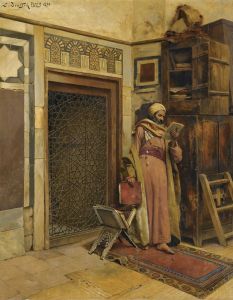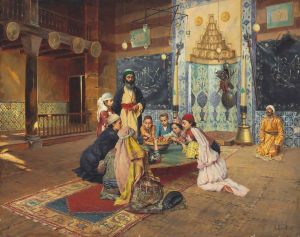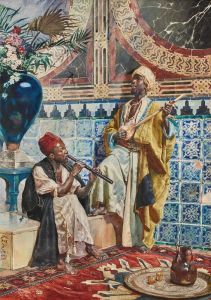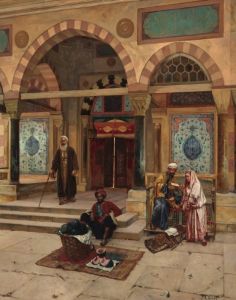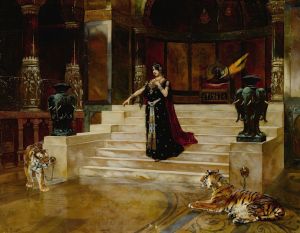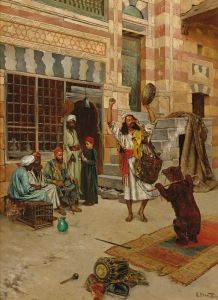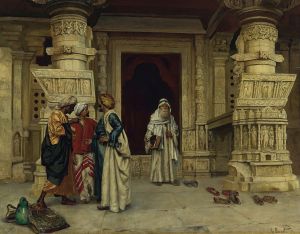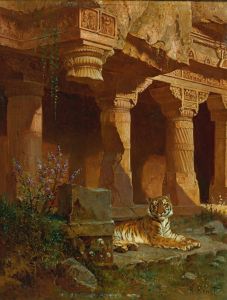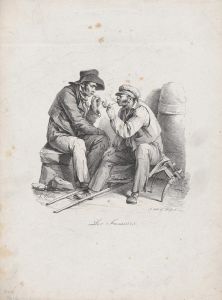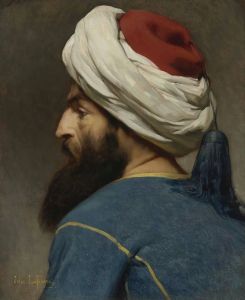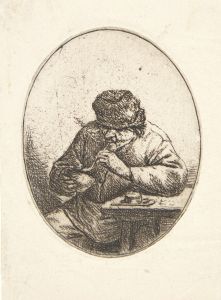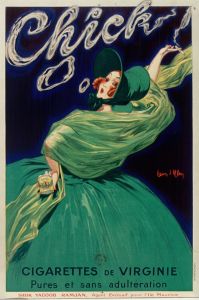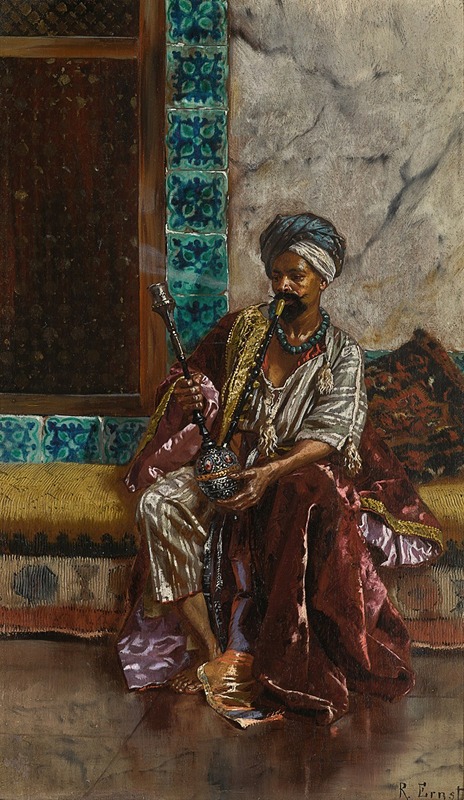
The Nargilah Smoker
A hand-painted replica of Rudolf Ernst’s masterpiece The Nargilah Smoker, meticulously crafted by professional artists to capture the true essence of the original. Each piece is created with museum-quality canvas and rare mineral pigments, carefully painted by experienced artists with delicate brushstrokes and rich, layered colors to perfectly recreate the texture of the original artwork. Unlike machine-printed reproductions, this hand-painted version brings the painting to life, infused with the artist’s emotions and skill in every stroke. Whether for personal collection or home decoration, it instantly elevates the artistic atmosphere of any space.
Rudolf Ernst was an Austrian painter known for his Orientalist works, which often depicted scenes inspired by the cultures and landscapes of the Middle East and North Africa. One of his notable paintings is "The Nargilah Smoker." This artwork is a fine example of Ernst's fascination with the exotic and his ability to capture the intricate details of the settings and characters he portrayed.
"The Nargilah Smoker" features a solitary figure engaged in the act of smoking a nargilah, also known as a hookah or water pipe. This traditional device is commonly used in Middle Eastern cultures for smoking flavored tobacco. The painting is characterized by its rich color palette and meticulous attention to detail, which are hallmarks of Ernst's style. The artist's use of light and shadow adds depth to the scene, creating a sense of intimacy and tranquility.
Ernst's work is often associated with the Orientalist movement, a genre that emerged in the 19th century as Western artists became increasingly fascinated with the East. This movement was marked by its romanticized and sometimes stereotypical depictions of Eastern cultures. Ernst, like many of his contemporaries, was influenced by his travels and the popular interest in the exotic during his time. His paintings often reflect a blend of imagination and observation, capturing the allure of distant lands.
In "The Nargilah Smoker," Ernst pays close attention to the textures and patterns of the fabrics, the intricate design of the nargilah, and the serene expression of the smoker. The setting is likely an interior space, suggested by the presence of ornate furnishings and decorative elements that are typical of Ernst's Orientalist works. These details serve to transport the viewer to a different time and place, evoking a sense of wonder and curiosity about the subject's world.
Rudolf Ernst was born in Vienna in 1854 and studied at the Academy of Fine Arts in his hometown. He later moved to Paris, where he became part of the vibrant art scene and developed his interest in Orientalism. Ernst's works were well-received during his lifetime, and he exhibited regularly at the Paris Salon. His paintings are now part of various private and public collections, appreciated for their technical skill and evocative portrayal of Eastern themes.
"The Nargilah Smoker" exemplifies Ernst's ability to blend realism with romanticism, creating a work that is both visually captivating and culturally intriguing. While the painting reflects the artist's personal interpretation of Eastern life, it also invites viewers to explore the complexities and beauty of a world that was, for many in the West, shrouded in mystery.
Overall, "The Nargilah Smoker" stands as a testament to Rudolf Ernst's talent and his contribution to the Orientalist genre. Through his art, Ernst offered a window into a world that continues to fascinate and inspire audiences today.





